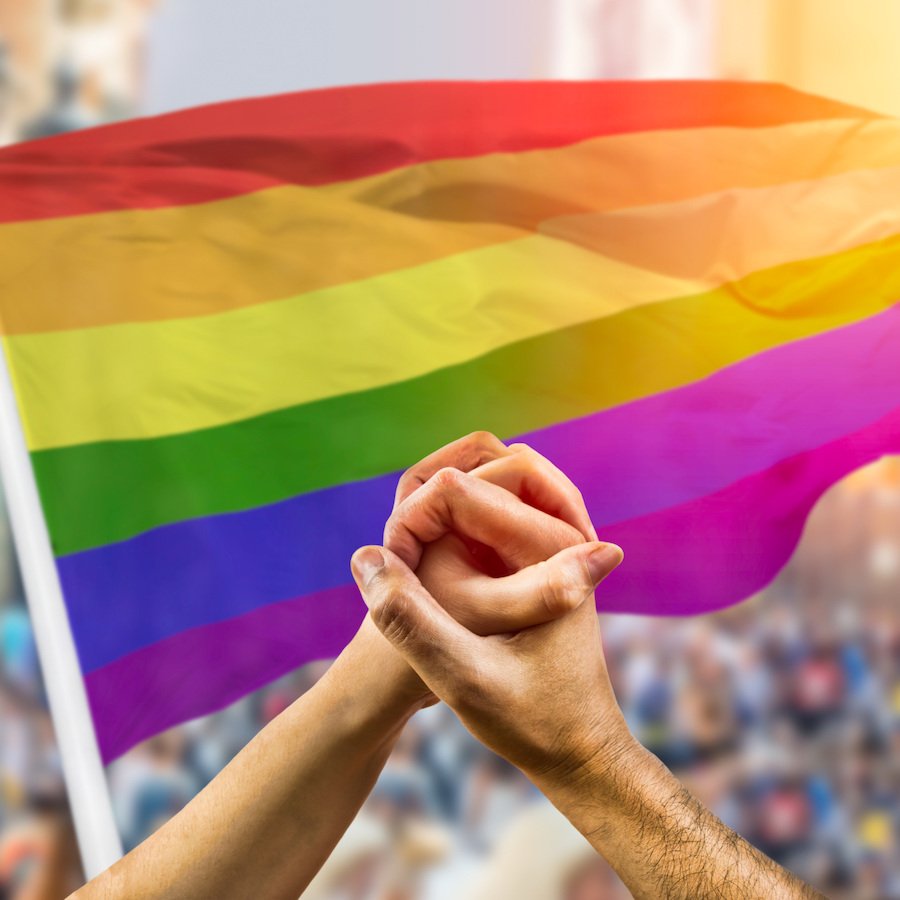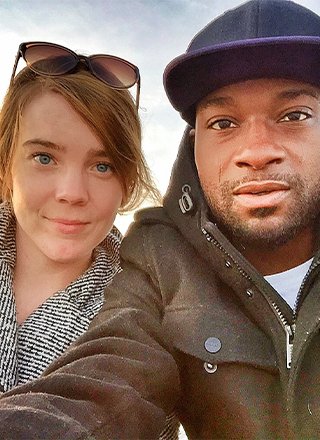Editor’s Note: This article outlining 10 common myths about religion in public schools originally ran in Church & State magazine in March 2019 in conjunction with a story about Americans United’s victory in a school prayer case in Bossier Parish, La. Because the issue of prayer in school remains so contentious and is plagued with misinformation, we’re reprinting it here.
Myth One:
We had prayer in schools for 200 years, and no one complained until the 1960s. There are a couple of problems with this statement. For starters, public education in the United States didn’t really begin to take off until the latter half of the 19th century. That’s when states began to fund public schools (often called “common schools” then) and pass laws mandating that children be educated.
Some states had laws requiring public schools to begin the day with a prayer and/or Bible reading, but others did not. Regardless, the practice was controversial from the start. Roman Catholics often complained because the prayers recited were Protestant and the Bible used for readings was the King James Version. Some parents filed lawsuits in state courts against these coercive religious practices in the late 19th and early 20th centuries. The rulings that resulted were a mixed bag. Courts in Ohio, Illinois, Wisconsin and Nebraska invalidated the practices, but courts in Iowa, Massachusetts and Kentucky upheld them.
Far from no one complaining, the issue of religion in public schools was so controversial that it sometimes sparked outbreaks of violence. In the 19th century, riots and other forms of violence erupted in New York, Pennsylvania and Maine over the issue of religion in public schools.
Myth Two:
All public schools had prayer and Bible reading prior to 1962. As mentioned above, policies on religion in schools varied from state to state. State-sponsored religious practices in public schools were less common than many people think.
In 1960, two years before the Supreme Court ruled on the matter, Americans United surveyed states to find out what (if anything) they were doing about official Bible reading in public schools. AU found that only five states had laws on the books mandating that some form of Bible reading take place in public schools. An additional 25 states had laws allowing “optional” Bible reading at the discretion of local public school districts. The remaining states had no laws on the books addressing the matter. It’s also worth noting that despite what state laws might have said, courts in 11 states – Arizona, California, Colorado, Illinois, Michigan, Missouri, Nevada, Oregon, South Dakota, Washington and Wisconsin – had already declared the practice unconstitutional.
Myth Three:
We can find a “non-sectarian” prayer for public schools that fits all comers. A moment’s thought will demonstrate that this is impossible. In a country as diverse as the United States, there is no such thing as a “one-size-fits-all” prayer. Many believers would find a watered-down prayer to be offensive, and, obviously, some people reject belief in God (atheists, agnostics and humanists) and thus don’t pray at all; others have non-traditional concepts of God.
The first school prayer case to reach the Supreme Court, Engel v. Vitale in 1962, challenged an allegedly “non-sectarian” prayer that had been composed by a bureaucratic body called the Board of Regents in New York state. The so-called “Regents’ Prayer” was allegedly non-sectarian and had been adopted in part to combat juvenile delinquency and ward off communism. Several parents objected to their children’s being compelled to recite a government-composed prayer and filed a lawsuit.
Myth Four:
Only non-religious people oppose school prayer. It’s true that many non-religious people have opposed official school prayer over the years. Madalyn Murray O’Hair, a prominent atheist leader, filed one of the early cases against school-sponsored Bible reading, and today many atheists are quick to oppose it as well. It shouldn’t surprise anyone that a non-religious person would oppose mandatory prayer, but plenty of religious people have opposed these practices as well. When the “Regents’ Prayer” was challenged in court, many clergy labeled it spiritually vacuous. The Rev. Charles Lee, a Methodist minister in New York, blasted the state-written invocation, calling it “a mockery of the idea of prayer” and “an insult to our spiritual integrity.”
Myth Five:
Students who don’t want to take part in prayer can remain silent or get up and leave the room. Children should not be compelled to single themselves out and run the risk of abuse from others later by walking out of the room. Nor should they be expected to remain silent while an activity takes place that violates their fundamental rights.
Myth Six:
Thanks to the school prayer rulings, there can be no religious activity or discussion about religion in public schools at all. That’s simply not true. In the school prayer rulings of 1962 and ’63, the Supreme Court struck down only mandated, school-sponsored and coercive forms of prayer and Bible reading. Truly voluntary prayer was left intact. Students are free to engage in voluntary, non-disruptive forms of prayer, and they may read religious books during their free time. In secondary schools, students may form voluntary religious (and non-religious) clubs that meet during non-instructional time. Attendance at these clubs is entirely voluntary.
Furthermore, nothing in the school prayer rulings limits objective instruction about religion in public schools. Justice Tom Clark, who wrote the majority opinion in School District of Abington Township v. Schempp in 1963, made this clear.
Clark wrote, “[I]t might well be said that one’s education is not complete without a study of comparative religion or the history of religion and its relationship to the advancement of civilization. It certainly may be said that the Bible is worthy of study for its literary and historic qualities. Nothing we have said here indicates that such study of the Bible or of religion, when presented objectively as part of a secular program of education, may not be effected consistently with the First Amendment. But the exercises here do not fall into those categories. They are religious exercises, required by the States in violation of the command of the First Amendment that the Government maintain strict neutrality, neither aiding nor opposing religion.”
Myth Seven:
If the majority of people want prayer in schools, they should be able to have it. Our constitutional system doesn’t work that way. Under the First Amendment, all religious and non-religious beliefs have equal rights. The majority does not have the right to impose its views on the minority simply because it has numerical superiority.
Myth Eight:
The lack of official prayer in schools has spawned negative consequences, such as violence and school shootings. Such claims are symptomatic of what could be characterized as lazy thinking in that they attempt to link two things that, in fact, have no connection at all (i.e., post hoc, propter hoc). Furthermore, the claim that school prayer will cure every ill that plagues modern society is simplistic. The difficulties that some schools (and by extension entire communities) are undergoing are complicated and will require equally complex solutions. A few minutes of mandated prayer in schools is unlikely to do much to address entrenched social problems.
Myth Nine:
Some children don’t receive religious instruction at home, and that’s why we need prayer in schools. Some children don’t receive religious instruction at home because that’s what their parents want. It is up to parents, not public school officials, to decide what religion, if any, a child is exposed to. When public school officials interfere in this relationship by imposing prayer and religious activity on youngsters against their will, they are usurping parental rights.
Myth Ten:
Because official prayer has been expelled, public schools can offer no moral instruction. While public schools can’t sponsor prayer or other religious activities, they can and do work to instill a sense of ethics and morals in students. Public schools promote cooperative learning, encourage tolerance for different points of view and promote shared civil values. Schools reward good behavior and punish infractions such as cheating, lying and disrupting class. In this sense, public schools reflect and enforce the commonly held values that are embraced by larger society.


